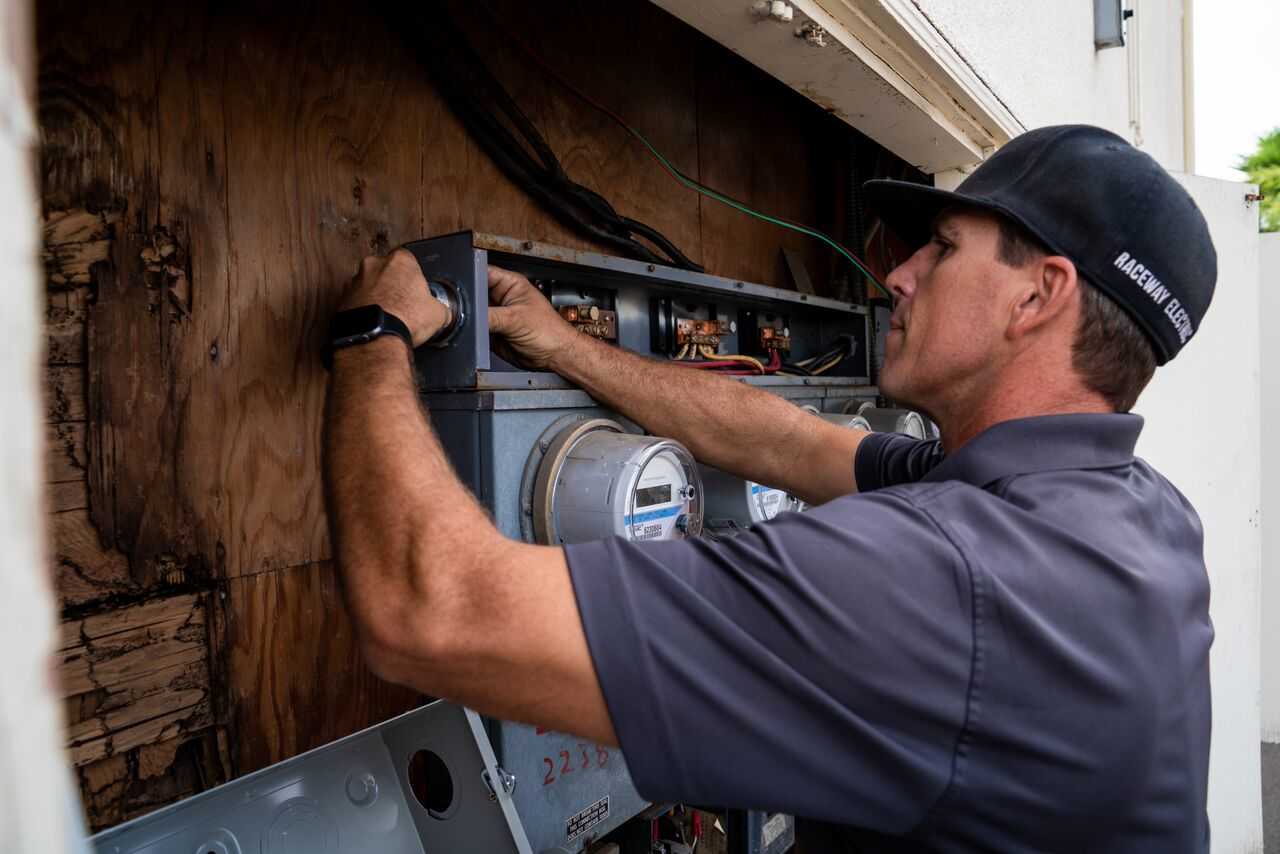If you earn your living in commercial construction, you may have noticed a trend in recent years toward the use of construction management (CM) firms. In many areas, the CM has emerged as the go-to replacement for more traditionally and historically accepted general contractor-led project delivery methods, particularly regarding large governmental or institutional work.
Overall, the change has been positive. As a rule, CM firms do tend to be larger, older, and more sophisticated operations that do indeed seem better equipped to take on the more complex and larger-scale projects handed down from the government and large institutions. They also commonly boast greater experience with the red-tape and bureaucracy-laden regulatory hurdles that often accompany these endeavors.
With the Good Comes a Downside
Albeit some of it is more imagined than real (more on that later). For many subcontractors and suppliers, this transition has provoked a fair share of angst, because bidding to and working with CMs can introduce new and unfamiliar rules and protocols that sometimes appear daunting—even intimidating —for a firm not yet indoctrinated into the CM way of doing things. This fear of the unknown can turn many subs and suppliers away from even bidding CM jobs.
However, there’s no reason to be afraid. All you need is the right information; I believe I can help since I have been down this road. I have been down many roads: 41 years now with 25 of them as a commercial construction estimator and project manager. I am now with a commercial general contractor (CGC) in the Midwest. Over time, we have settled into a pattern of splitting our workload between our prime GC work and subcontracted work which we often obtain through CM firms constructing the larger and more complex projects in our region—such as schools, sports arenas or government buildings.
It has proven to be a lucrative and surprisingly easy transition. We simply adapted the work we were already performing in-house with our crews—which in our case is carpentry (including doors & cabinetry), concrete, and site work—and began submitting subcontracting bids to CMs who were looking for bids. Before long, we were neck-deep in work; and as time went on, we developed and honed our knowledge and skills regarding these new CM relationships. Nowadays we have come to prefer subcontracted work over our historically prime projects. However, perhaps we are getting ahead of ourselves. Let’s start off by meeting the players.
Construction Managers Vs General Contractors
Let’s get one thing out of the way: no matter what you have heard, or however much some CM firms may try to tell you otherwise in their marketing, there is little day-to-day difference between CM and GC firms. In fact, it can be difficult, if not impossible, to tell the two apart. Many companies operate both as a CM and as GC (as we do where I work) depending on the needs of the client and the structure of the contract.
Yes, there are general differences between the two. GCs tend to employ their field employees directly, which means paying for employee benefits such as health insurance and 401Ks. CMs are more apt to act as “paper” contractors, wherein the majority of direct work on the project is performed by third-party entities, such as sub-contractors, suppliers, and outside consultants. In this scenario, the CM’s role is purely administrative.
Another characteristic separating the CM from the GC is how work is obtained. Where GCs tend to acquire the lion’s share of their work through “hard bid” (compiling and proposing a lump-sum cost for work) whether it be through competitive bid or negotiation, the CM is more likely to be chosen based on experience, reputation, and presentation.
For example, when a local governmental committee is looking to build a new addition onto city hall, often the city will send invitations to interested CM firms to submit company qualification packages for the project in consideration. If preliminarily accepted, the short-listed CMs may then progress to face-to-face interviews which often involve full-blown presentations by the CMs to the choosing committee and interested parties. From there, a CM is selected, and the chosen company comes aboard (normally very early in the process. (This process is sooner than a GC would likely be involved in a conventional design-bid-award system). The CM then begins performing the pre-construction phase of the project, working in unison with either their in-house design teams or outside design firms chosen by the committee.
CM Work Packages
Once the plans and specifications for the project reach final design status, bid packages are put together. (The CM has been providing budgets during the design process for controlling cost overrun). These bid packages are organized and defined by the CM and correspond with standard Construction Specification Institute (CSI) format. A typical work package breakdown might look like this:
Work Scopes Bidding in this Phase:
Work Scope 02-A – Precast Concrete Package
Work Scope 03-A – Concrete Package
Work Scope 04-A – Masonry Package
Work Scope 05-A – Structural Steel Package – Install Only
Work Scope 05-B – Structural Steel Package – Material Only
Work Scope 06-A – Carpentry Package
Work Scope 06-B – Architectural Wood Casework Package – Material Only
Work Scope 07-A – Roofing Package
Work Scope 07-C – Cementitious Exterior Finish Package
Work Scope 07-K – Joint Sealants and Fire Stopping Package
Work Scope 08-A – Doors, Frames & Hardware Package – Material Only
Work Scope 08-B – Specialty Doors Package
Work Scope 08-C – Glass and Glazing Package
Work Scope 09-A – Drywall Package
Work Scope 09-B – Acoustical Ceiling Package
(and so on until all work categories are addressed for this phase of bidding.)
Work Package Descriptions
From here, you locate the package(s) you would like to bid – let’s use package 09-A Drywall for our example – and gather all the information needed to prepare your quotation. The next place I like to go is to the individual package task/work descriptions for the packages you have chosen. For our 09-A package, the description might start out like this:
Work Package Description: 09-A DRYWALL
- Scope of Work: the scope of work under this package consists of the work directly and indirectly required by the specification sections listed below and includes project drawings, addenda, and any documents identified as part of the agreement, regardless of design discipline, drawing sheet identification, or jurisdictional requirements.
- Specific specification sections falling under this work scope package include:
01 0000 Division 1 – General Requirements (as it applies)
05 4000 Cold-Formed Metal Framing (complete)
07 2100 Thermal insulation (within drywall assemblies as it applies)
07 2119 Foamed-In-Place Insulation (complete)
07 2600 Vapor Retarders (as it applies)
07 9200 Acoustical joint sealant within drywall assemblies (as it applies)
07 9513 Expansion joint assemblies within dry wall assemblies (as it applies)
09 2216 Non-Structural Metal Framing (complete)
09 2900 Gypsum Board (complete)
- Items furnished under other scopes but installed by this work scope:
Hollow metal frames within drywall assemblies (Installation Only–furnished under Work Scope 08-A)
The first thing you may notice (and the first big change to what you may be use to) is that with CM packages, you are now bidding as a prime contractor. Indeed, the package you are now bidding is referred to as a separate prime package. The difference here is that you are now entirely responsible for the complete scope of work shown in your package, and you will be expected to have read, understood, and addressed all of the specification sections and responsibilities assigned to your bid package. Bidding only the drywall portion, for instance, isn’t going to cut it anymore.
However, don’t panic just yet. I am well aware that unless you are a larger, multi-faceted organization, it is likely that you do not perform all of these specification sections yourself. So now it becomes incumbent on you to don the hat of a general contractor and go out to solicit subcontractor and supplier bids for those areas of work that you do not normally perform (or simply aren’t comfortable performing) with your crews.
You Are Not Done Yet
After the specification section breakdowns, your work package description normally will continue to include additional information and/or clarifications regarding your scope of work, such as:
09-A Drywall Work Package Clarifications:
- General Requirements (for All Work Scope Categories): Refer to Division 01 General Requirements for additional responsibilities under this package and affecting this scope.
- Cold-Formed Metal Framing: Provide cold-formed metal framing and related sheathing in accordance with Section 054000, including, but not limited to:
- Structural metal stud framing (axial loaded – load bearing studs).
- Exterior steel studs (lateral loaded – wind load).
- Exterior gypsum sheathing.
- Delegated design requirements as specified under 05 4000.
C. Foamed-In-Place Insulation: Provide foamed-in-place insulation in accordance with Section 07 2119, including, but not limited to …
And so on… (these clarifications may run into several pages). Also, take special note of item “A” above regarding Division 01 General Requirements (GR). In my experience as a GC/CM estimator, it long ago became apparent that many of the sub-contractor and supplier firms bidding my projects were either paying only cursory attention to Division 01 General Requirements, or no attention at all. If this is you – and you are sincere in your quest to work with CM firms – this must change. The majority of CMs will NOT let you slide on your GR responsibilities, and it will most definitely be assumed that you have included all costs for your GR responsibilities (like the layout, temporary heat, enclosures, etc.) in your proposal.
Once all of the work specification sections, clarifications, general requirements, and addenda have been addressed and cross-referenced to the information in the plans, it is time to collect and analyze all of your outside sub-contractor and supplier quotations, add your in-house numbers, throw on profit and overhead (boy, I sure made THAT sound easy) and submit it before the deadline. This submission will, more often than not, be on a pre-printed bid form that has been included in the project specifications. Be sure to address any alternates or unit pricing requested (as it pertains to your work package), because not including this information could be grounds for rejecting your proposal. Frankly, you have done way too much work up to this point to allow that to happen.
Conclusion
With any grand topic, of course, there’s much more to be covered, but I think this is enough to get you started. In short, the takeaway should be this: don’t be intimidated or dissuaded from working with CM firms simply because they are from out-of-town and unfamiliar. My experience as a whole has been enormously positive, and I have found the companies I have worked with have been helpful, professional and pleasant in assisting me with questions and clarifications. Remember, the main difference between working with a GC or a CM has more to do with administrative structure and worker/company relationships than about the actual technics of the construction project itself. In fact, within any given locale, it is likely the same mason and electrician will be used regardless of whether the lead player is a GC or a CM. They have figured it out. Moreover, you can too.
CM firms are not monsters. I have worked with many, and I can attest that most have been professional, courteous and fair. However, I have also found them to be strict, no-nonsense, and exacting when it comes to architectural protocols and adhering to directives. The CM world is no place for half-efforts and amateurs. You may need to up your game. However, it is something within your ability, and as with many things in life and business, sometimes you just have to (cautiously) dive into something to have a chance to reap its benefits. Moreover, I say, “Jump!” Good luck.















Find Us on Socials